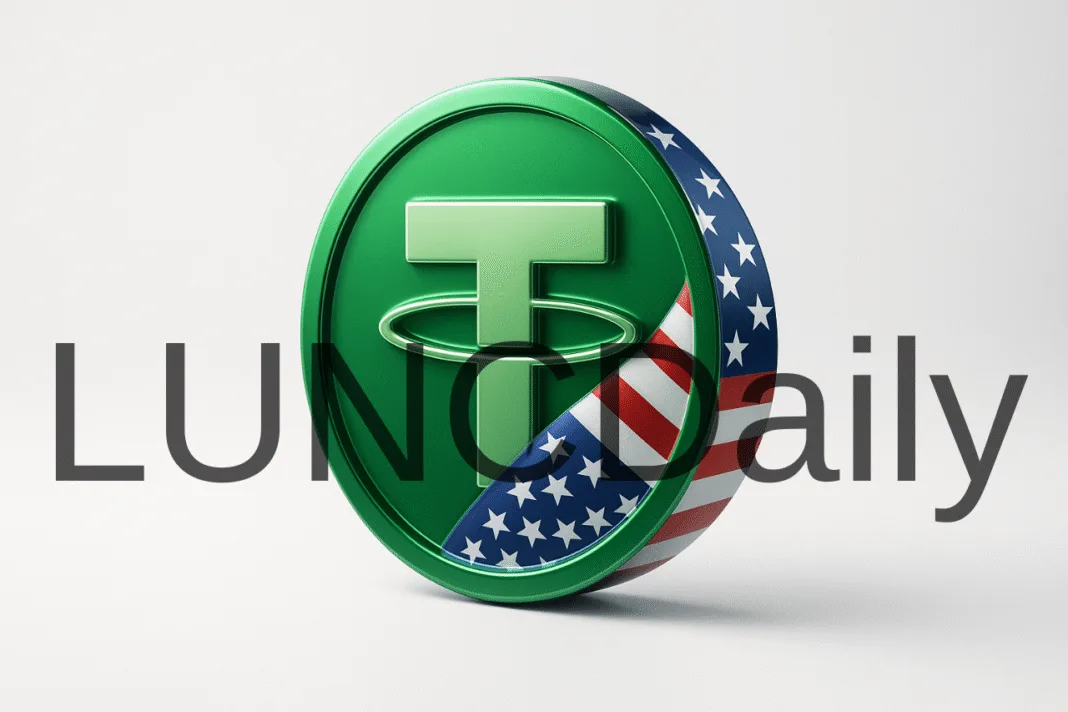The stablecoin race is becoming more intense as Tether prepares to launch its new U.S.-based stablecoin, USAT. The company behind USDT, the world’s largest stablecoin by market capitalization, is positioning itself to expand directly into the American market under strict new regulations.
Tether confirmed that USAT will be designed to fully comply with the GENIUS Act, a U.S. law passed in July 2025 that sets rigorous standards for stablecoin issuers. The law requires transparent reserves, licensed custodians, and regular audits to ensure user protection and financial stability.
According to Reuters and Blockworks, USAT will be issued through Anchorage Digital Bank, a federally chartered institution regulated by U.S. authorities. The stablecoin is expected to launch by the end of 2025, led by Bo Hines, a former White House crypto policy adviser appointed to oversee Tether’s U.S. operations.
Tether will maintain its global product USDT for international markets while introducing USAT specifically for U.S. users seeking compliant and regulated stablecoin options. This dual-track strategy may help Tether preserve its global influence while expanding its legitimacy within the United States.
Market observers suggest that the introduction of USAT could reshape the stablecoin landscape. Competing issuers such as Circle (USDC) and PayPal (PYUSD) are already deeply established in the U.S., and Tether’s entry is expected to heighten competition while encouraging more transparency across the industry.
Although full details about USAT’s reserves and audits remain under development, this step marks a turning point for Tether. A compliant U.S. stablecoin could enhance public confidence and drive broader adoption of digital dollars across both retail and institutional markets.
As multiple projects race to release their own stablecoins, one question resonates within the Terra Classic community:
Can USTC, the original Luna Classic stablecoin, find a path to repeg and reenter this increasingly competitive stablecoin race?

